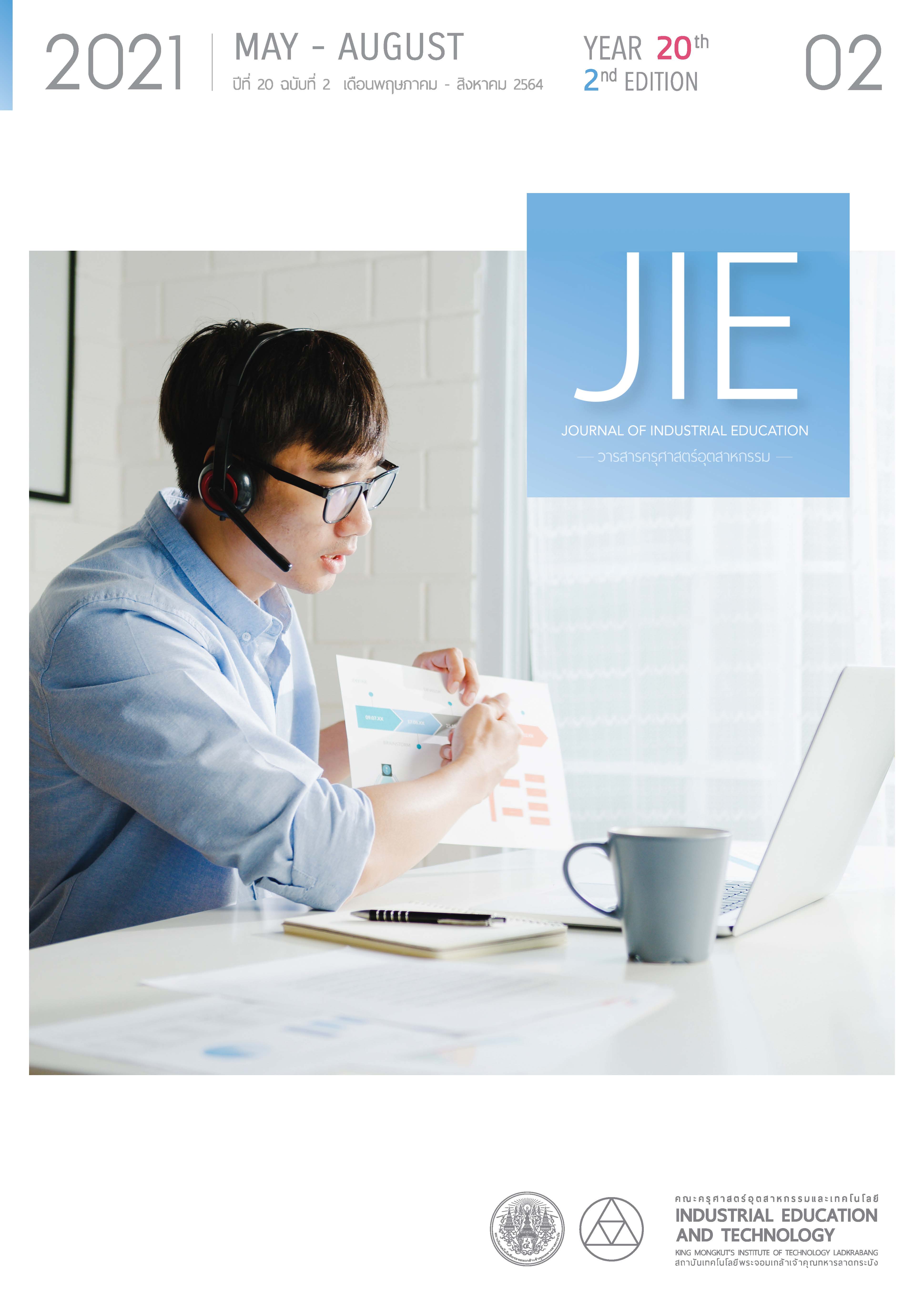ECOLOGICAL DESIGN IN THE CASE STUDY OF CHAIR FROM PLASTIC BOTTLES
Keywords:
Ecological Design, Chair, Plastic Bottles, Recycle, Versatile SheetsAbstract
This are three objectives in this research. The first objective is to study the transformation procedure of plastic bottles into the versatile sheets and test for their mechanical properties. The second objective is to design chairs and test bearing capacity of the chair models made from the plastic bottles. The third objective is to assess satisfaction from the chair models made by the plastic bottles. The samples for this study are three injection technicians, three material technology scientists, five design experts, 15 testers of body weight, and 30 residents of Bang Kho Laem District in Bangkok. All samples were chosen by purposive sampling. Materials in this study included questionnaire about the appropriateness of chair models, mechanical properties test of versatile sheets, data record, and satisfaction questionnaire. Analyzed tools were percentage, arithmetic means, and standard deviation. According to the result of the study, 1) recycled high-density polyethylene (HDPE) plastic bottles and plastic bottle caps were ground into small pieces. The pieces were 200 grams, which were melted and pressed into 20.0 x 20.0 x 0.5 cm versatile sheets. Mechanical properties test as American Society for Testing and Materials (ASTM) international standard revealed that the versatile sheets were strong, resistant to breaking and bending, and impact-absorbent. 2) According to the assessment from experts, model was the most satisfying to the experts (= 3.91,S.D.= 0.53). The chair was made of 21 versatile sheets. Versatile sheets were attached to the structure with screws. The overall dimension was 72.0 (width) x 80.0 (length) x 85.5 (height) cm, the seat was 43.0 cm from the ground. The modelled chair was tested for bearing weight and it was able to 115-120 kg. 3) From the assessment questionnaire of the model chair, it found that overall satisfaction was at a high level (
= 4.36, S.D. = 0.67).
References
Sarawan, S. (2019). Plastic Waste has the Greatest Impact on the Environment. [online]. Available: https://www.scimath.org/article-chemistry/item/10624-2019-09-02-01-39-49 Retrieved September 6, 2019. (in Thai)
Sangrajrang, S., Ploysawang, P., & Promhithatron, P. (2013). “Impact of plastics on human health and environment.” Thai Journal of Toxicology. 28(1), 39-50. (in Thai)
International Union for Conservation of Nature. (2020). National guidance for plastic pollution hotspotting and shaping action 2020. [online]. Available: https://www.iucn.org/sites/dev/files/content/documents/thailand_final-report_2020_compressed.pdf Retrieved May 26, 2021.
Food Focus Thailand Magazine. (Ed.). (2019). “Recycle PET (RPET) bottles to achieve sustainable plastic waste management.” Food Focus Thailand. 14(155), 57-59. [online]. Available: http://www.foodfocusthailand.com/eBook/155/mobile/index.html#p=57 Retrieved October 11, 2019. (in Thai)
Intharachuto, S. (2013). Upcycling. Pathum Thani: National Science and Technology Development Agency. 20-55. (in Thai)
Thailand Institute of Scientific and Technological Research. (2020). Circular economy. [e-book]. Available: https://oer.learn.in.th/search_detail/result/124950 Retrieved May 26, 2021. (in Thai)
Sahasomchok, W. (2010). Furniture design. 5th ed. Bangkok: Technology Promotion Association (Thailand-Japan). 205-210. (in Thai)
Charungchitsunthon, W. (2005). Theory and concept of design. Bangkok: Appa. 25-35. (in Thai)
Sincharu, T. (2020). Statistical research and analysis with SPSS and AMOS. 18th ed. Bangkok: Business R&D. 74-75. (in Thai)
Aphirakmethawong, J. (2014). “Mechanical properties of polymer composites between HDPE and waste from melamine ware manufacturing processes.” Master’s thesis, Suranaree University of Technology, 53. (in Thai)
Patcharametha, T. (2014). “Product design for environment friendly.” Silpakorn University Journal. 34(1), 119-135. (in Thai)
Boonkanit, P., & Aphikhachonsil, A. (2019). Industrial product design. Bangkok: Electrical and Electronics Institute. 103. (in Thai)
Tantiyaswasdikul, K. (2010). Transformation of waste plastic bottles into covered parking. journal of architectural/planning research and studies. [online]. Available: https://so02.tci-thaijo.org/index.php/jars/article/view/168902/121528 Retrieved November 7, 2019. (in Thai)
Apirat, H., Thungsuk, N., & Leelawan, W. (2015). Study on mechanical properties of recycle composite panels for local community use. Bangkok: Faculty of Science and Technology, Dhonburi Rajabhat University. 117-118. (in Thai)
Egwutvongsa, S. (2016). Thinking for industrial product development. Bangkok: Mean Service Supply. 103-106. (in Thai)
Downloads
Published
How to Cite
Issue
Section
License
"The opinions and contents including the words in papers are responsibility by the authors."
"ข้อคิดเห็น เนื้อหา รวมทั้งการใช้ภาษาในบทความถือเป็นความรับผิดชอบของผู้เขียน"



